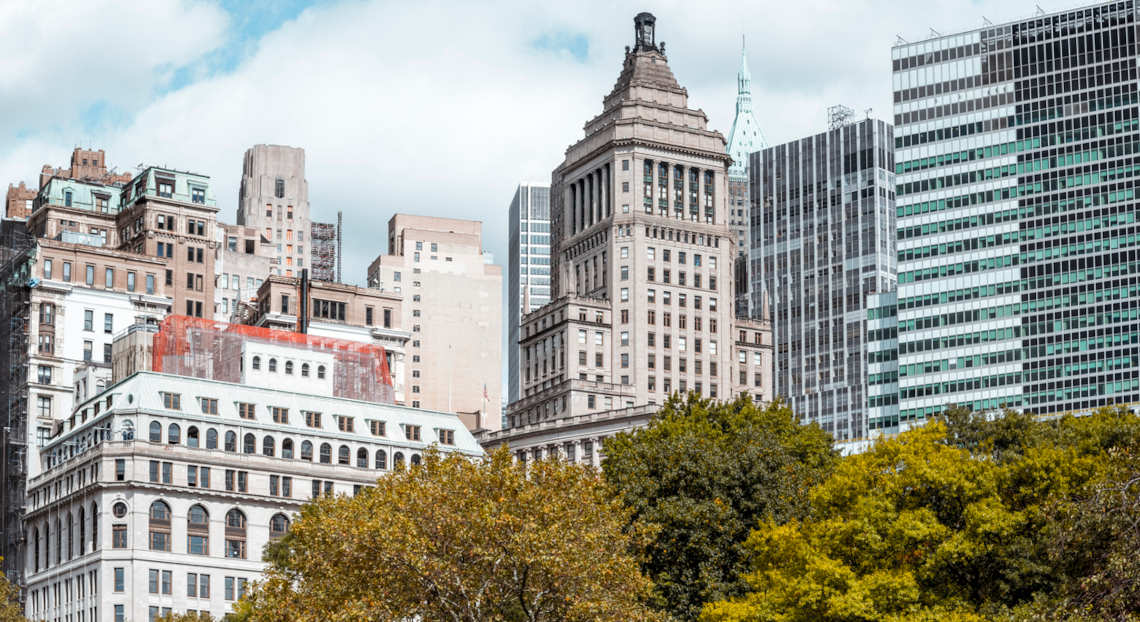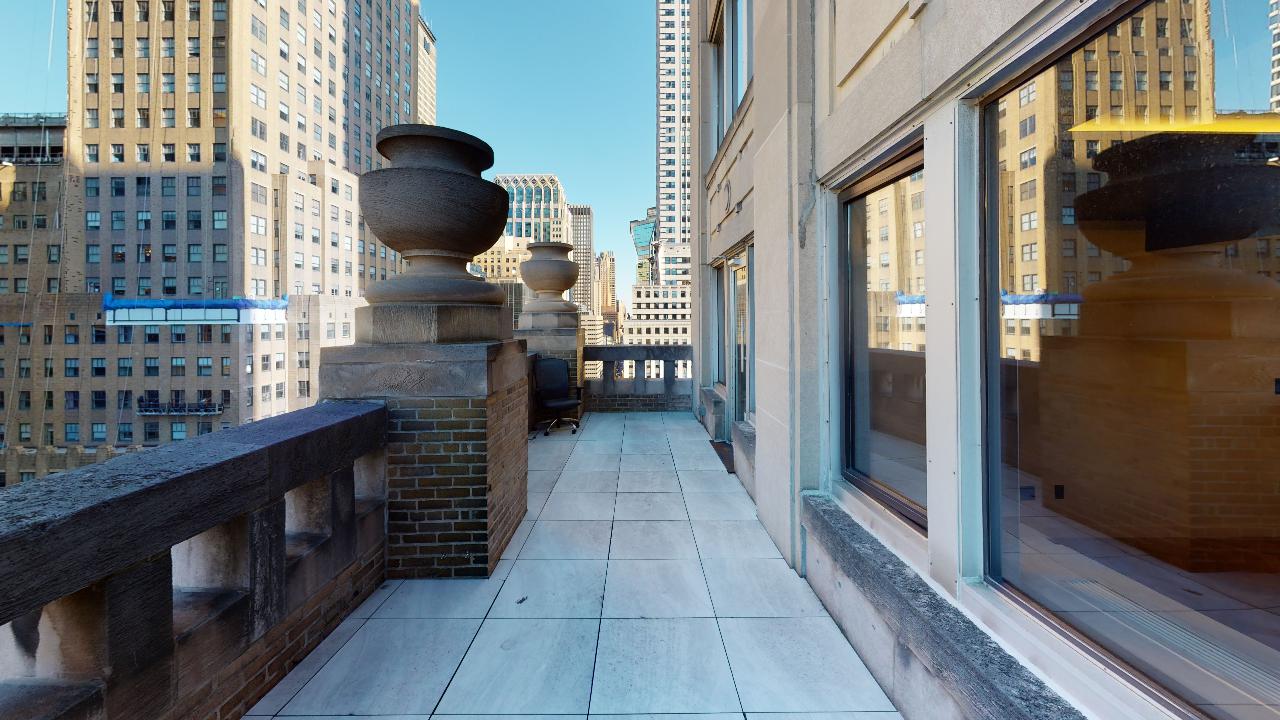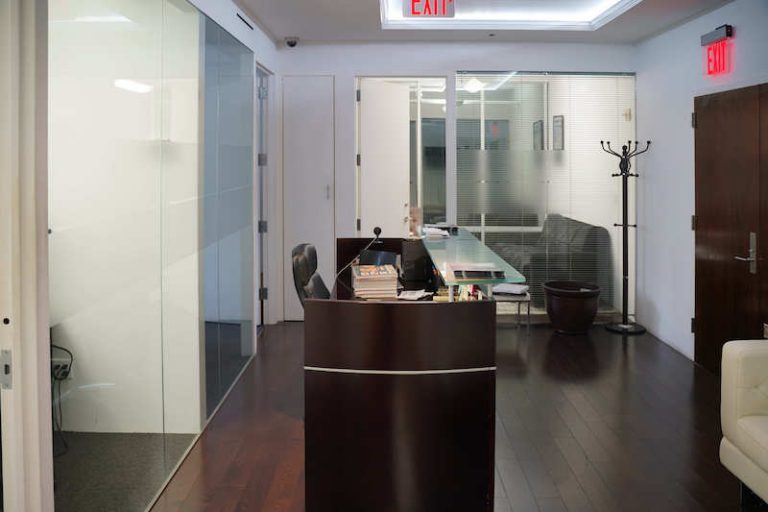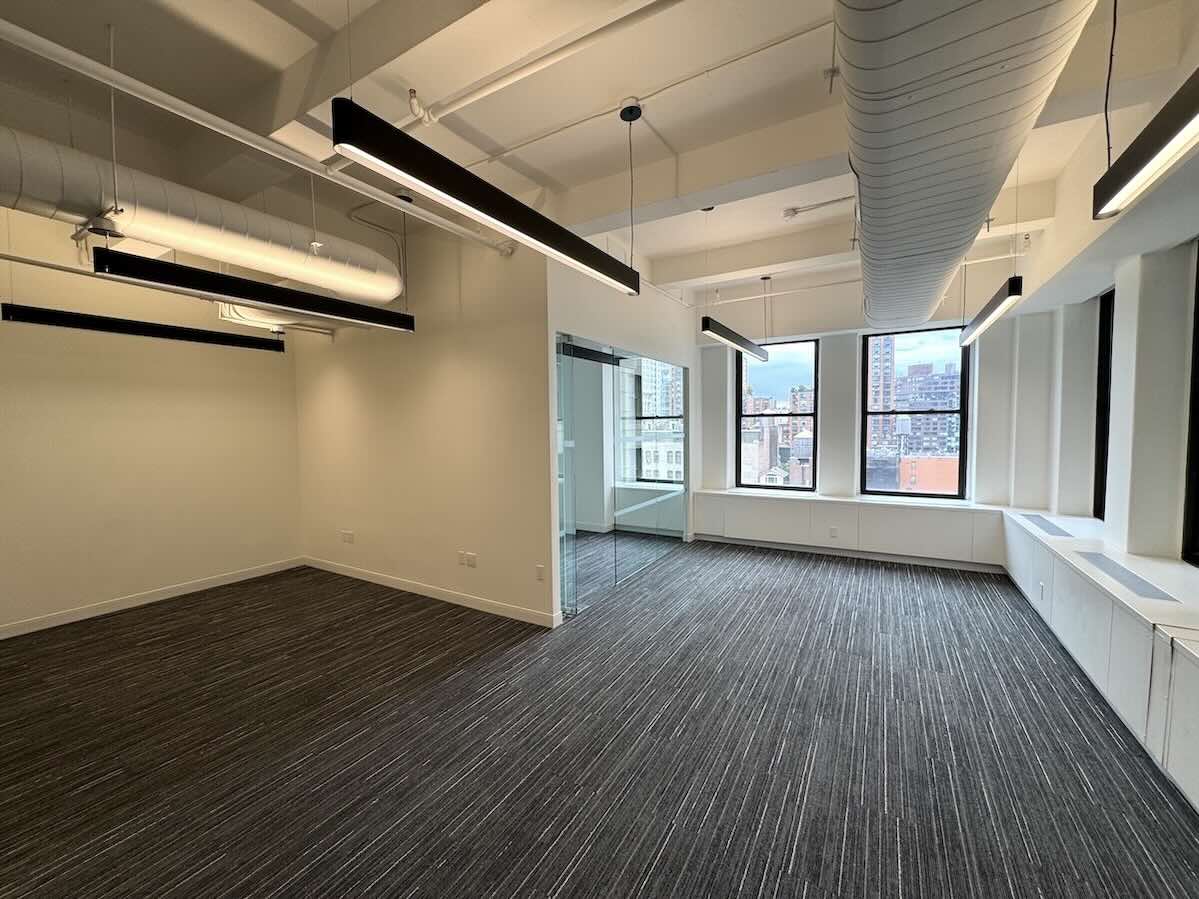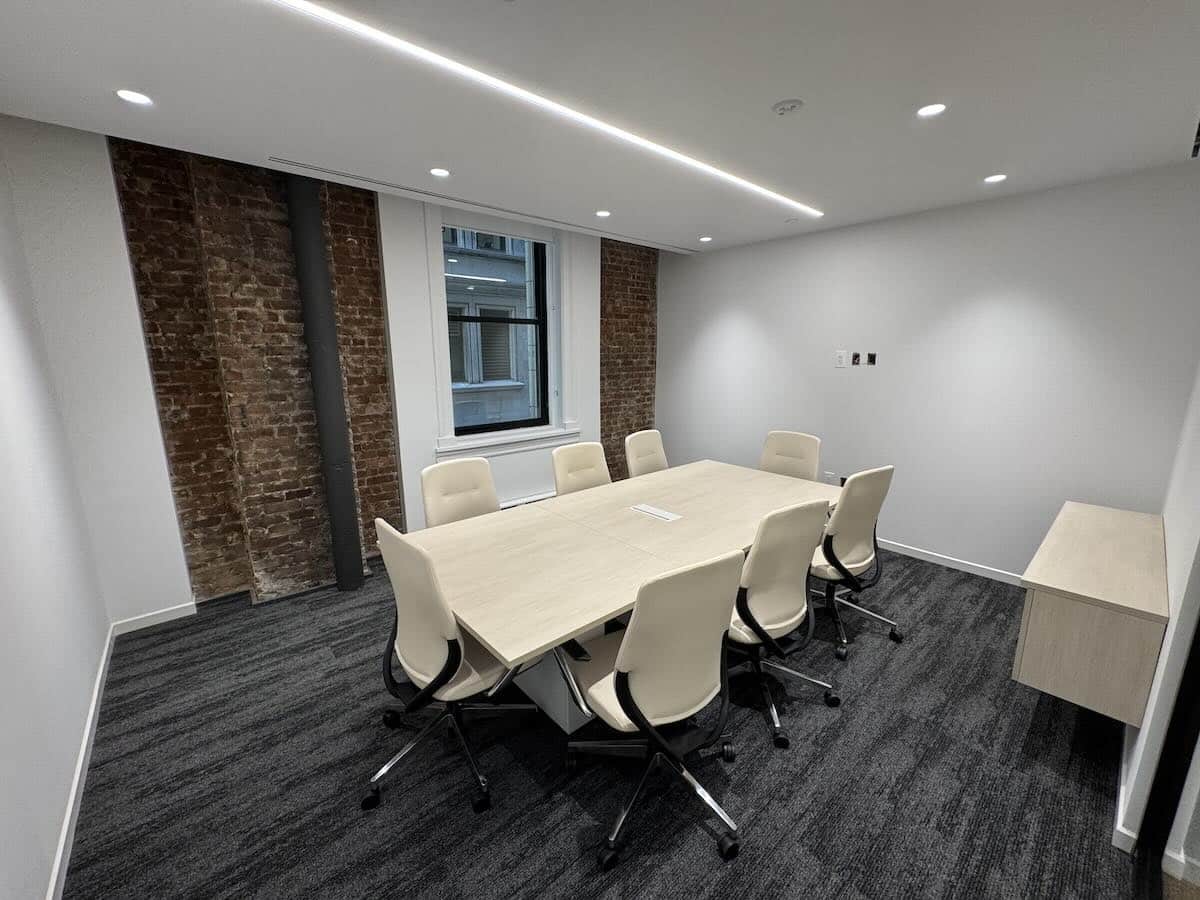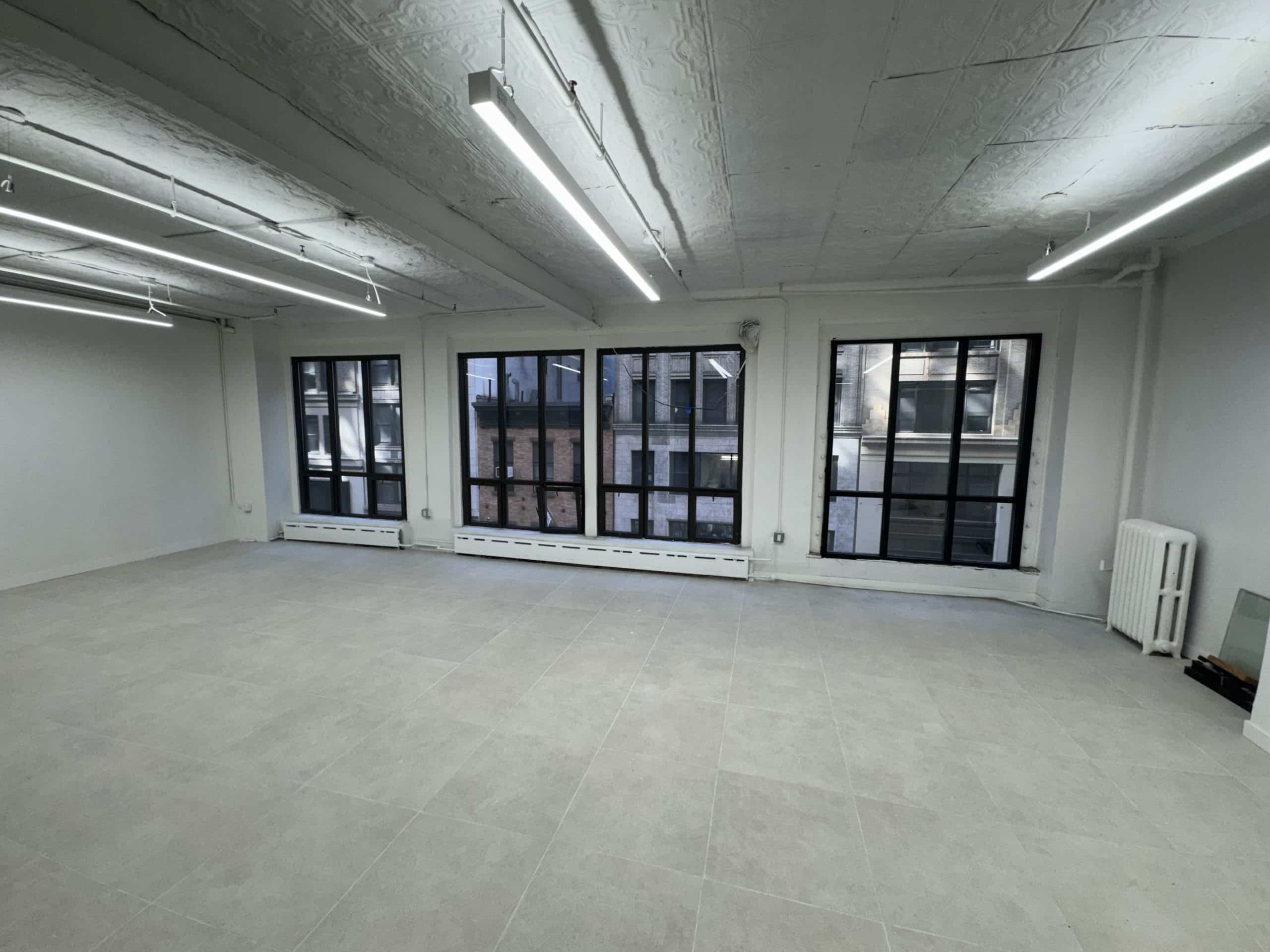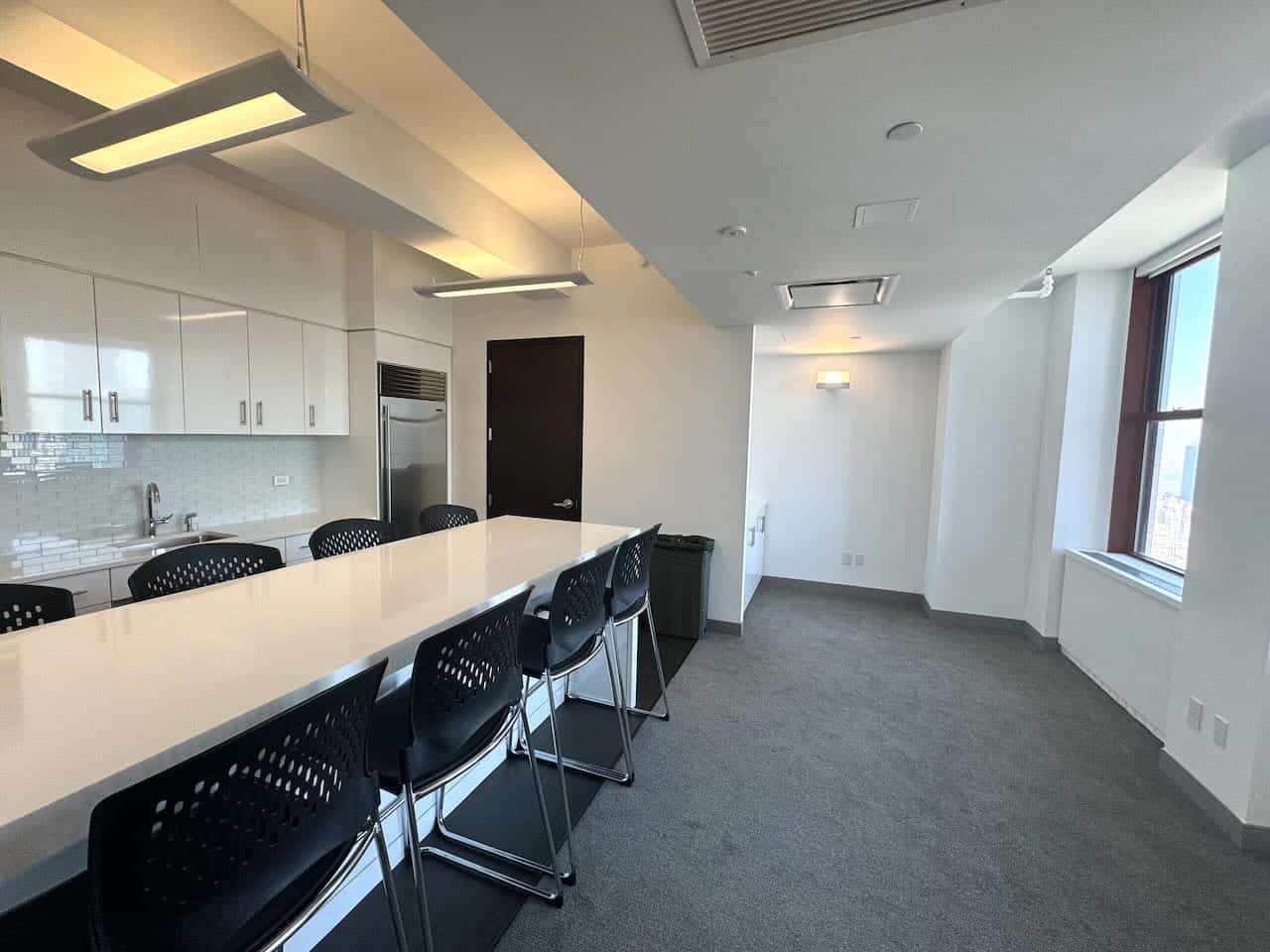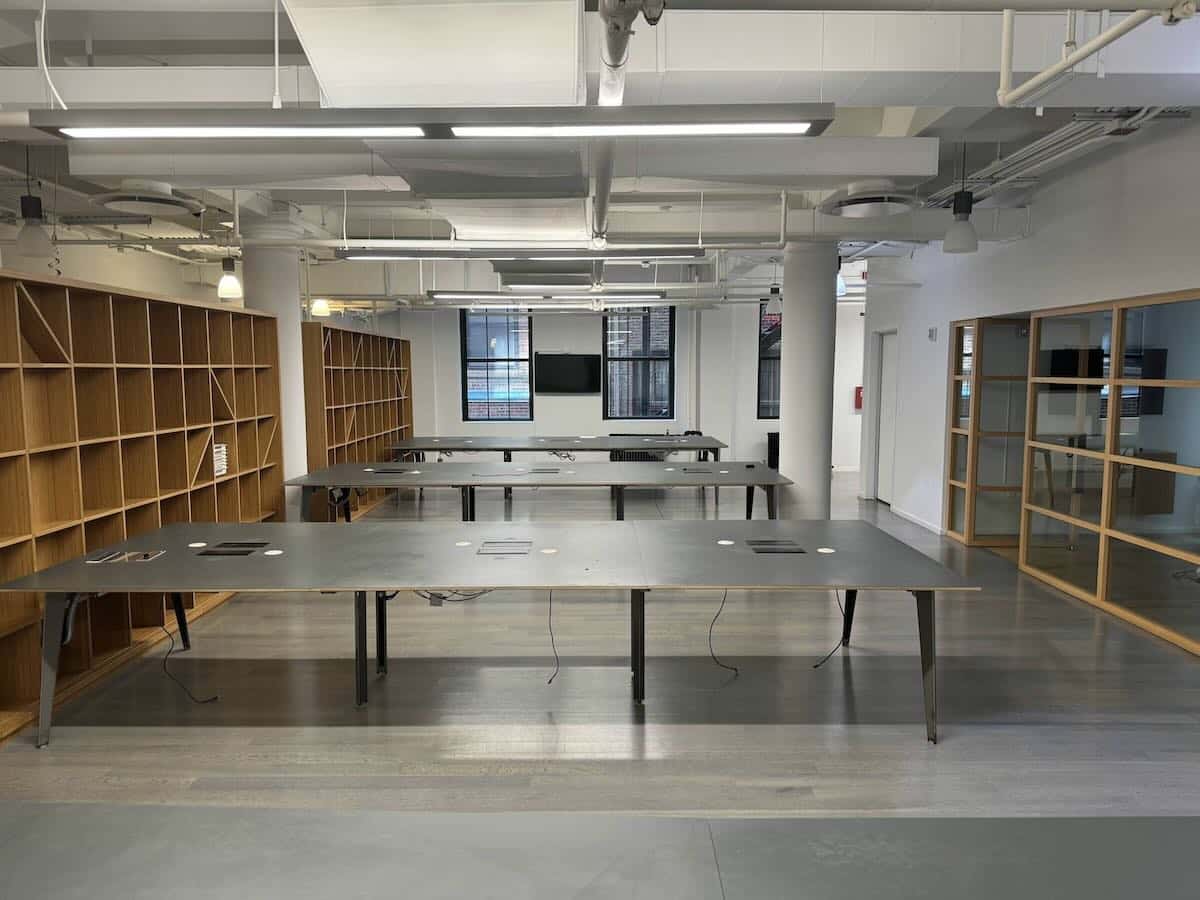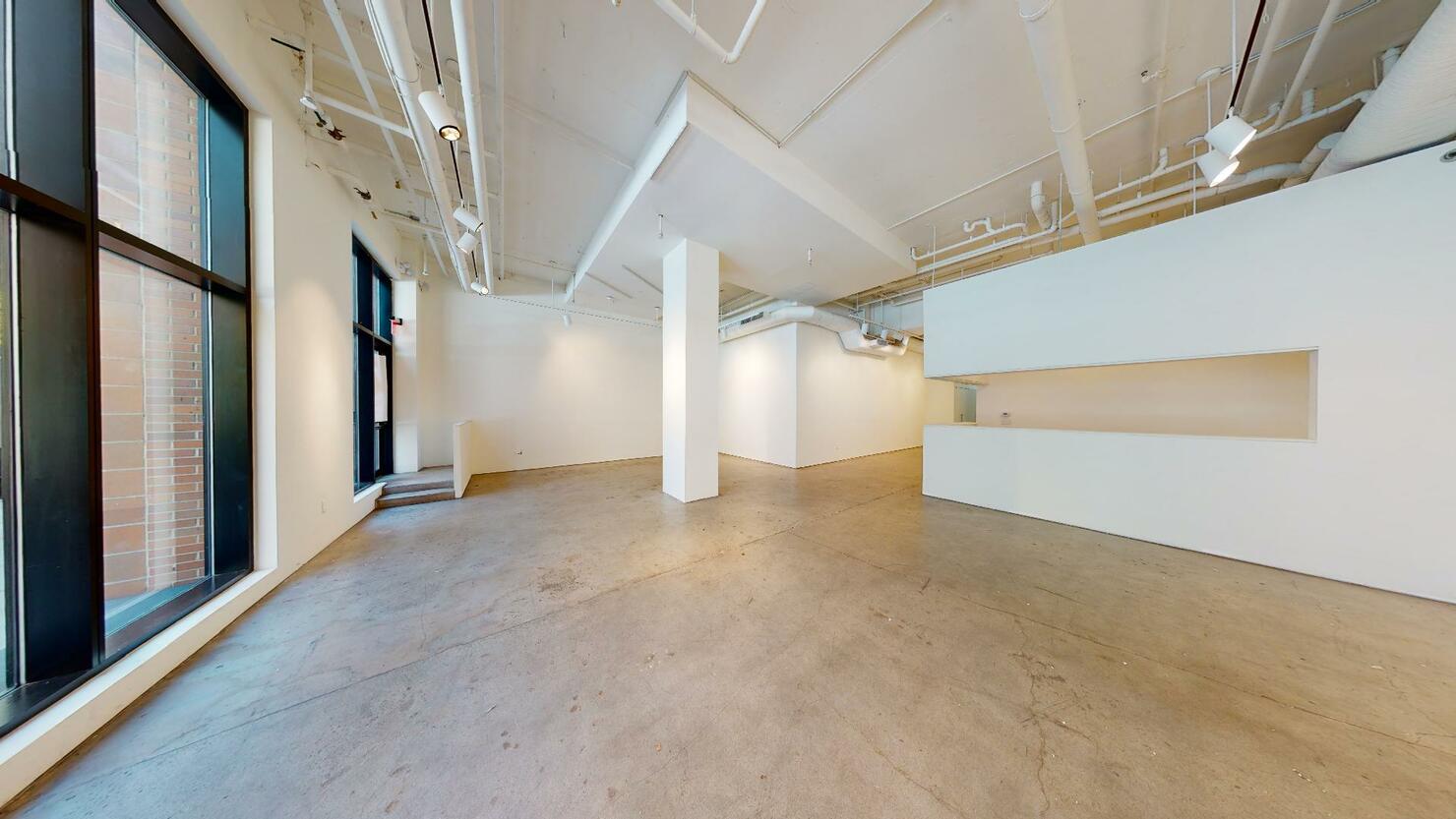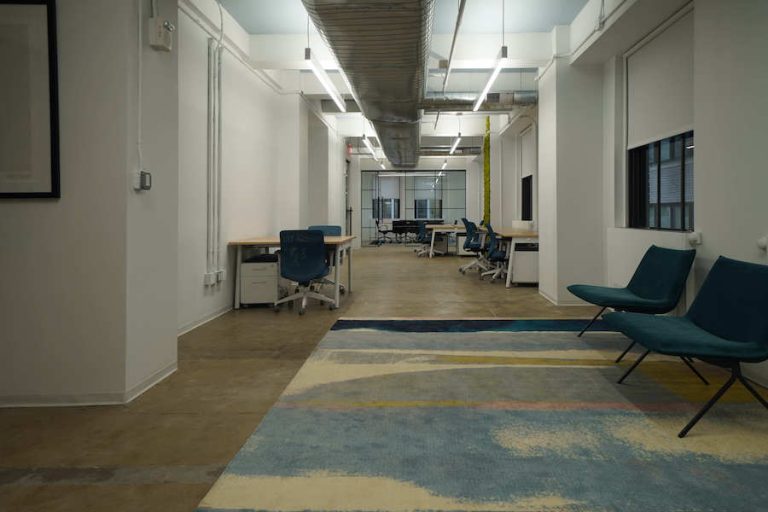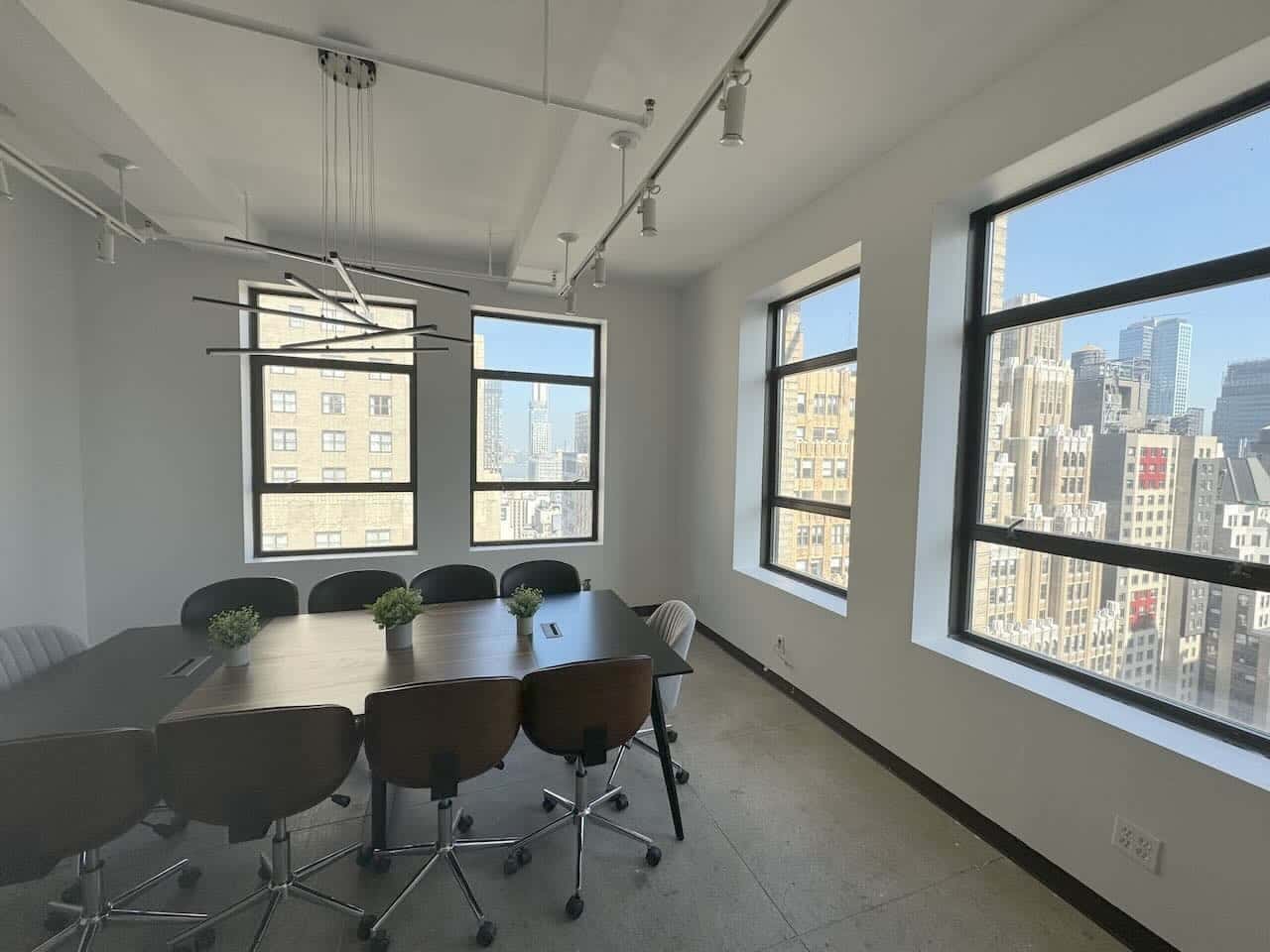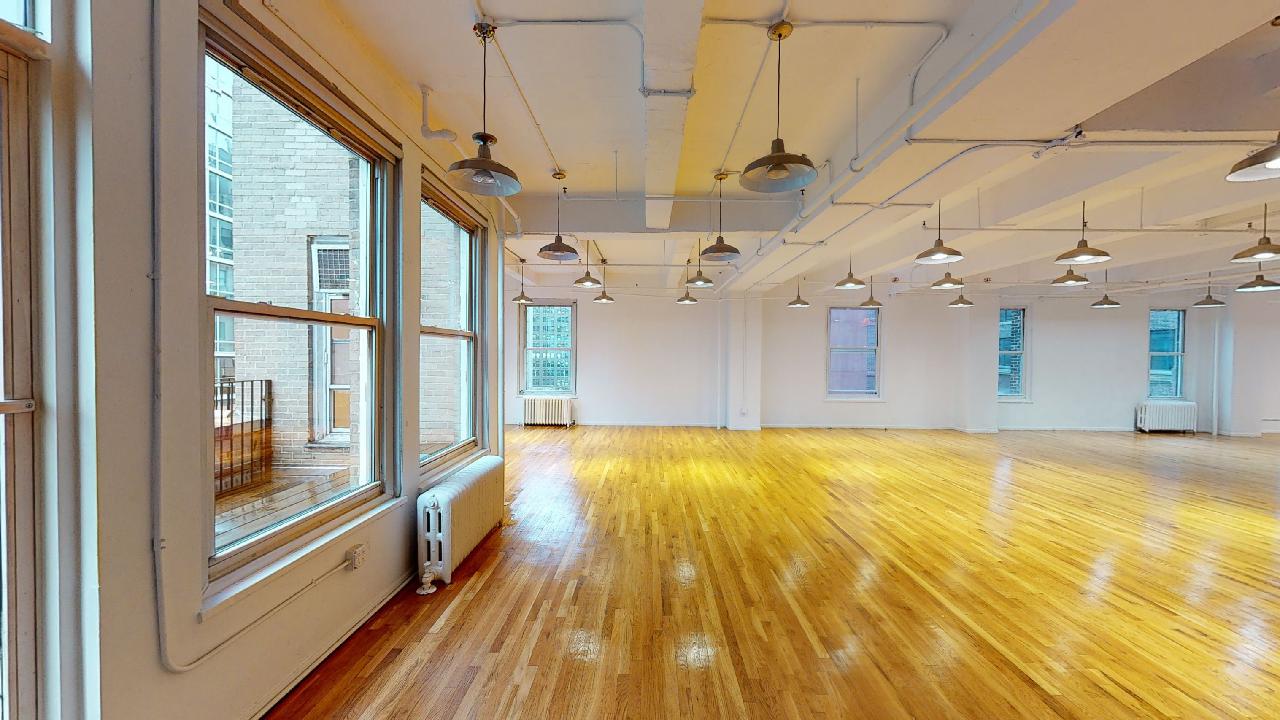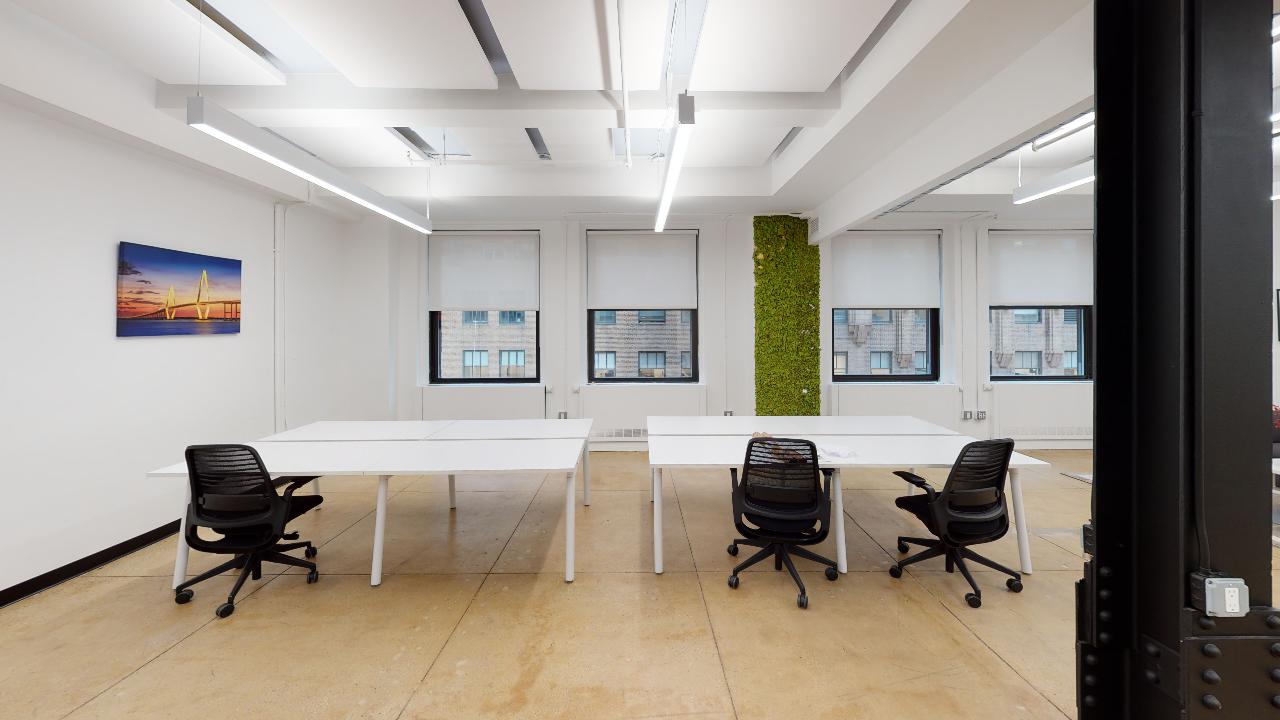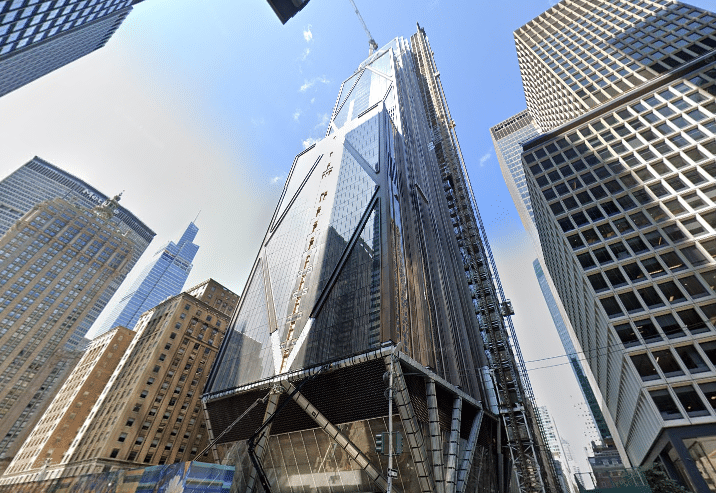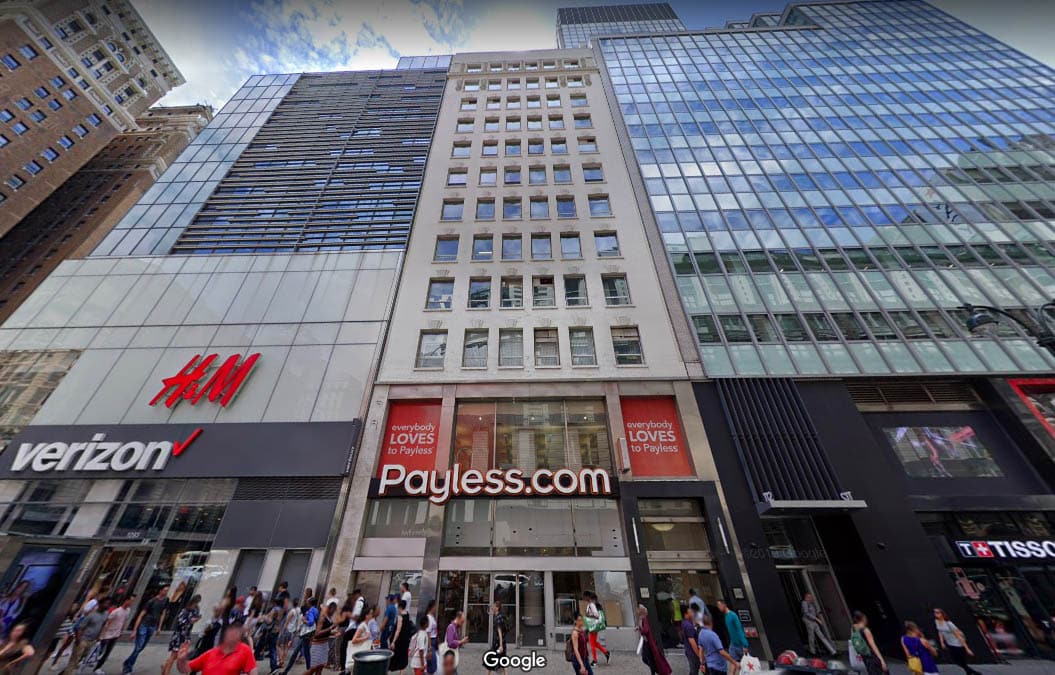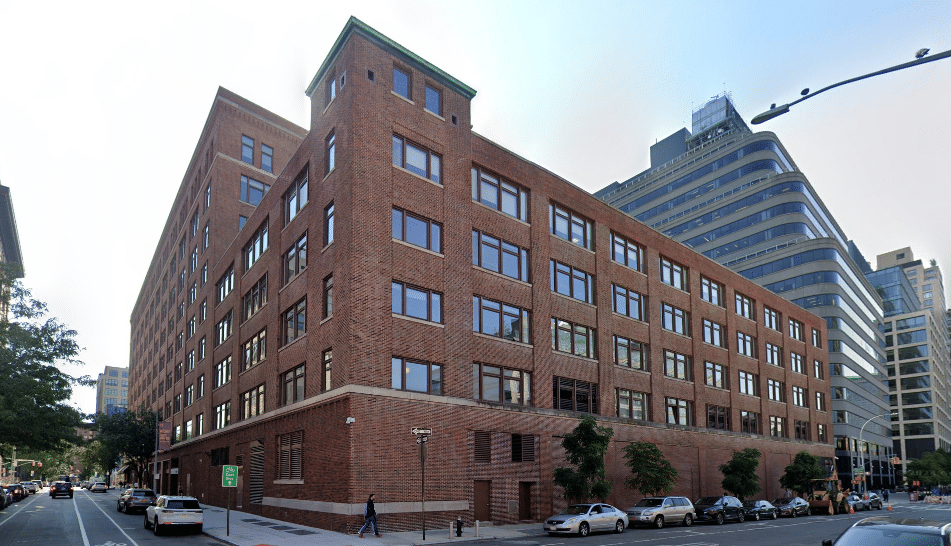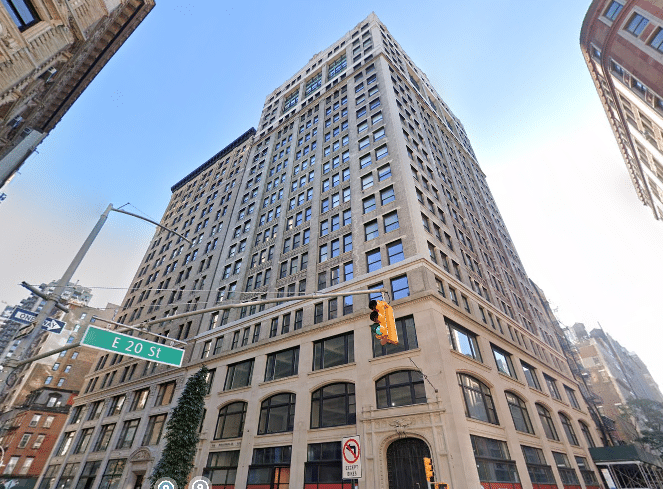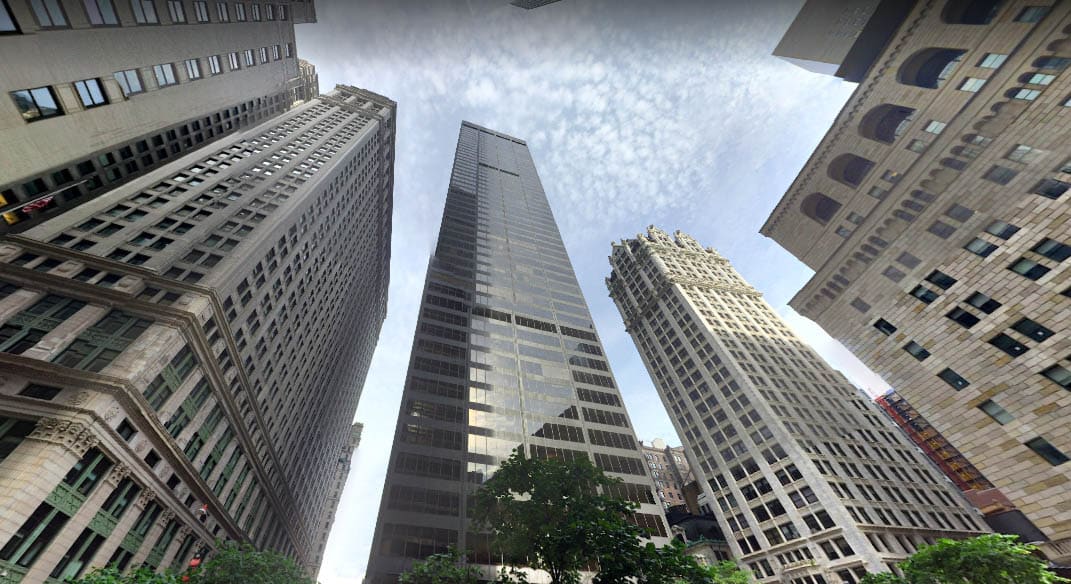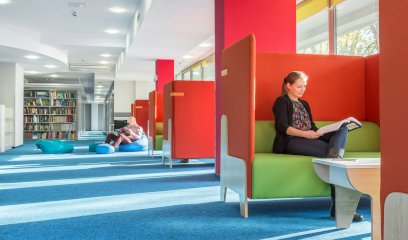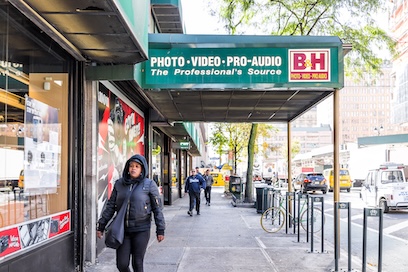As vaccination efforts continue across the country and life slowly starts to go back to normal, the New York City commercial real estate market is still recovering. This recovery, according to experts, will be slow, much slower than other economic sectors, because there is still a lot of uncertainty in the mix.
How many people are yet to be vaccinated? How many companies will reopen their offices, and how many workers will choose to return? How will the coronavirus pandemic evolve, and should we worry about new variants? And last but not least, is remote work here to stay, or will this trend eventually fade?
These questions remain unanswered for now, so it’s hard to say precisely when the New York City office market will bounce back and to what extent. However, several key trends are currently shaping the market and helping us make confident predictions for 2021 and beyond.
For now, tenants have the upper hand in NYC
According to most industry experts, high-density cities like NYC and San Francisco are going to experience the slowest recovery when it comes to commercial office space. In these areas, tenants are at the helm, at least for now. As a result, landlords offer more concessions than ever before, including free rent, build-outs, and shorter lease terms, to fill vacant office spaces. These concessions and negotiations apply to tenants of all sizes. Conde Nast, for example, refused to pay $2.4 million in rent for its offices at One World Trade Center in early 2021, as the company was looking to downsize and reduce its office footprint in the building.
Research from Colliers shows that the U.S. office sector sees record levels of sublease space and negative absorption. This, coupled with pressure on landlords and rents and a cautious investment market, ‘suggests that the sector could remain challenged through this year before signs of stabilization begin to emerge and we see a full return to the office.’
The sector’s slow recovery bodes well for smaller tenants, who now have the opportunity to snag Class A office space in Midtown Manhattan, something that they couldn’t have done pre-pandemic. The same trend is seen in the residential sector, as well. In some parts of Manhattan, rents are lower than in Brooklyn, and tenants who’ve been priced out of specific neighborhoods are taking advantage of this unique opportunity.
Flexibility, a top priority for office tenants
It’s still too early to say whether remote work will prevail as the top choice for companies and employees after the pandemic subsides. While it’s true that many companies realized that remote work is an efficient and productive option for them in the long run, others are already welcoming employees back to the office. Of course, not everyone is cut out for remote work, and some industries require face-to-face communication and an in-person office presence. However, flexibility is here to stay, and companies that don’t understand this will be disadvantaged.
What does this mean for commercial real estate? While it’s clear that many employees will return to their offices, density will be the main issue, and crowded open offices are not a viable solution anymore. However, this doesn’t necessarily mean that companies will reduce their office footprint. Instead, they may require additional square footage for each employee to maintain social distancing. For now, uncertainty defines the state of affairs, and we won’t know for sure how flexible companies will have to be for a while.
Flight to quality fuels interest for Class A Manhattan office space
Office space vacancies continued to rise in Manhattan in the first months of 2021. The vacancy rate climbed from 8.0% in Q4 2020 to 9.3% in Q1 2021, according to CBRE. Average rents for Class A Manhattan office space closed the first quarter of 2021 with a -4% year-over-year drop and a -0.8% decrease from the previous quarter. However, it’s Class A space that will recover the fastest from the effects of the pandemic. That’s because NYC commercial real estate is experiencing a flight to quality phenomenon, which means tenants are focusing on quality office space that meets all the criteria required in a post-pandemic world.
Tenants are demanding flexible space options, higher indoor air quality, hygiene, safety measures, and hi-tech, touchless, and intelligent technologies in the office. Building owners willing to provide these modern amenities will have a better chance of finding long-term tenants. During a quarterly earnings call in April 2021, S.L. Green executives pointed out that, while most landlords in NYC have had to reduce asking rents significantly, their top-class, amenity-rich properties have been faring well. Executive V.P. and Director of Leasing Steven Durels believes that ‘owners that haven’t invested in their buildings and haven’t been forward-thinking, they’re the ones that are going to suffer.’ What’s clear is that, even as companies reduce the amount of office space they occupy, the quality of that space will become more critical, and they will be willing to shell out top dollar for modern amenities.
What will the office of the future look like?
We can’t say for sure how the NYC commercial real estate market will rebound from the pandemic and which trends will stick. As more and more people get vaccinated, return to the office and their daily pre-pandemic lives, we’ll be able to see a much clearer picture of where the industry is heading. Still, a few things are clear: flexibility, technology, and work-life balance will be top priorities for companies and employees moving forward. CBRE has selected what it believes are currently the top 12 priorities for workplace wellbeing, and the list includes:
- Indoor air quality
- Acoustics
- Thermal comfort
- Lighting
- Materials
- Mindfulness
- Safety and preparedness
- Nourishment
- Water
- Social connectivity
- Workforce flexibility
- Active design strategies.
How each company will prioritize these things remains to be seen. Still, landlords need to consider all of these aspects if they want to attract and retain office tenants and strive to provide the forward-thinking amenities required in 2021.
